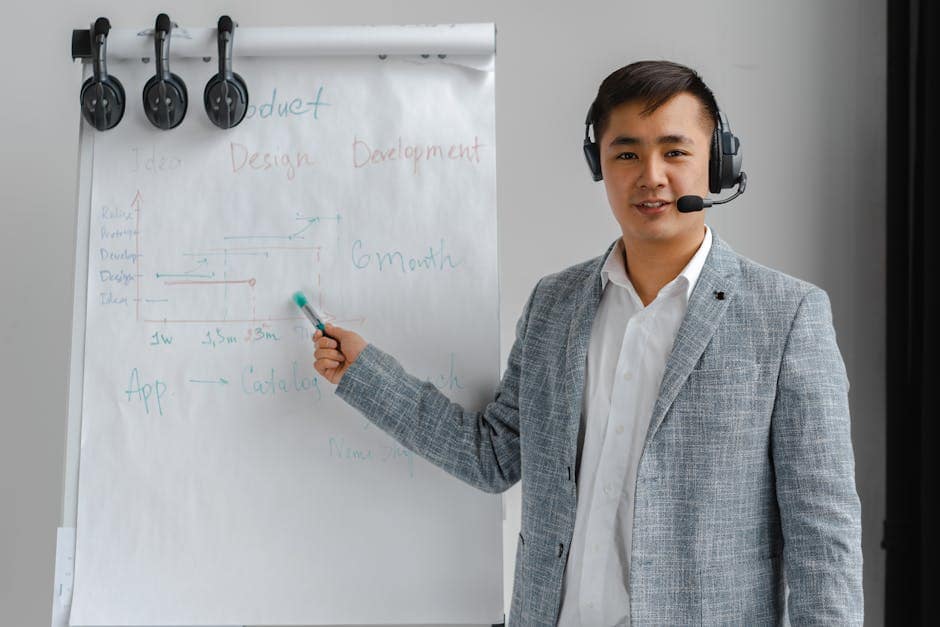Training Hygiene Teams Abroad
The Critical Importance of Training Hygiene Teams Abroad
International cleaning operations face unique staffing challenges. Additionally, cultural differences complicate standard training approaches. According to a recent industry study, operations with structured training programs report 40% lower turnover. Furthermore, proper training directly impacts team performance and retention. Therefore, investing in specialized training delivers significant returns.
Key Challenges in International Hygiene Team Management
Managing cleaning teams across borders presents multiple obstacles. Meanwhile, cultural misunderstandings often undermine team cohesion.
Cultural and Language Barriers in Hygiene Training
Language differences create immediate training obstacles. For example, technical cleaning concepts often get lost in translation. Moreover, cultural attitudes toward cleanliness vary significantly. Consequently, training must accommodate these differences. The Society for Human Resource Management emphasizes culturally adapted training materials.
Logistical and Regulatory Hurdles Overseas
Different countries maintain varying cleaning standards and regulations. Additionally, supply chain issues affect equipment availability. Therefore, training must address local requirements and constraints.
Developing Effective Training Programs for Hygiene Teams
Successful training programs combine technical skills with cultural competence. Furthermore, they adapt to local conditions while maintaining global standards.
Cultural Sensitivity Training for Cleaning Staff
Cultural training should precede technical instruction. Importantly, team members must understand local customs and work expectations. For instance, communication styles vary across cultures. Thus, training should include:
- Local business etiquette and norms
- Appropriate communication methods
- Cultural attitudes toward authority and feedback
Technical Skill Development for International Standards
Technical training must meet both local and international cleanliness standards. Additionally, equipment operation procedures require careful demonstration. The Occupational Safety and Health Administration provides global safety guidelines.
Retention Strategies for Overseas Hygiene Teams
Reducing turnover requires more than just good training. Moreover, retention strategies must address local economic and cultural factors.
Competitive Compensation and Benefits Packages
Local market research ensures competitive compensation. Furthermore, benefits should reflect local needs and preferences. For example, some regions value housing allowances more than health insurance.
Career Development Paths for Cleaning Staff
Clear advancement opportunities increase retention significantly. Meanwhile, regular skill upgrades keep team members engaged. Therefore, create structured career progression frameworks.
Implementation Best Practices for Training Hygiene Teams
Successful implementation requires careful planning and execution. Additionally, ongoing evaluation ensures continuous improvement.
Blended Learning Approaches for International Teams
Combine in-person training with digital resources. Furthermore, mobile learning platforms accommodate various schedules. This approach proves particularly effective for training hygiene teams abroad across multiple locations.
Local Trainer Development and Empowerment
Develop local trainers who understand both cultures. Importantly, they bridge communication gaps effectively. The Center for Creative Leadership emphasizes local trainer effectiveness.
Measuring Training Effectiveness and Impact on Turnover
Regular assessment ensures training delivers desired results. Moreover, data-driven adjustments optimize program effectiveness.
Key Performance Indicators for Hygiene Teams
Track both cleanliness standards and team stability. Additionally, monitor:
- Turnover rates before and after training
- Quality assurance audit scores
- Team member satisfaction surveys
Continuous Improvement of Training Programs
Regular feedback loops identify improvement opportunities. Furthermore, adapt training based on performance data and changing conditions.
Leveraging Technology in International Hygiene Training
Technology solutions enhance training consistency across locations. Additionally, they provide scalable learning opportunities.
Digital Training Platforms for Remote Teams
Online platforms deliver consistent training content. Moreover, they track completion and comprehension. This proves invaluable for training hygiene teams abroad efficiently.
Mobile Learning Applications for Cleaning Staff
Mobile apps provide just-in-time training resources. Furthermore, they accommodate various literacy levels through visual content.
Frequently Asked Questions About Training Hygiene Teams Abroad
What is the most effective method for training hygiene teams abroad?
Blended learning approaches combining local in-person training with digital resources prove most effective. Additionally, cultural sensitivity training must precede technical instruction.
How does training reduce turnover in international cleaning teams?
Proper training increases job satisfaction and competence. Moreover, it demonstrates organizational investment in team members, boosting loyalty and retention.
What cultural factors affect hygiene team training abroad?
Communication styles, authority relationships, and cleanliness perceptions vary culturally. Therefore, training must accommodate these differences to be effective.
How long does effective hygiene team training typically take?
Comprehensive training programs typically require 2-4 weeks, including cultural orientation and technical skills. However, ongoing training continues throughout employment.
What metrics indicate successful hygiene team training?
Key indicators include reduced turnover rates, improved audit scores, increased team member satisfaction, and higher productivity metrics.
Conclusion: Transforming International Hygiene Operations Through Training
In conclusion, effective training hygiene teams abroad significantly reduces turnover and improves operational performance. Additionally, comprehensive programs address both technical skills and cultural adaptation. Furthermore, ongoing development and retention strategies maintain team stability. Therefore, invest in structured training programs for sustainable international operations. Finally, remember that successful training requires continuous adaptation to local conditions. Ready to transform your international cleaning operations? Explore our comprehensive resources or contact our experts for personalized guidance. Schedule a consultation today to develop your customized training strategy.




